Sign up for workout ideas, training advice, reviews of the latest gear and more.

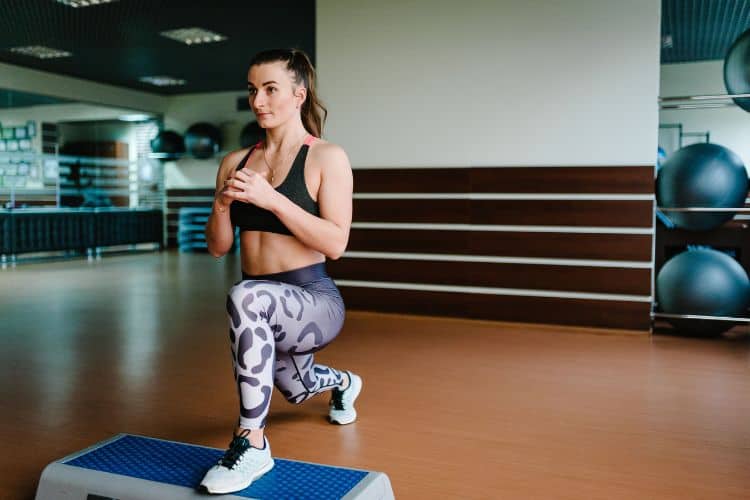
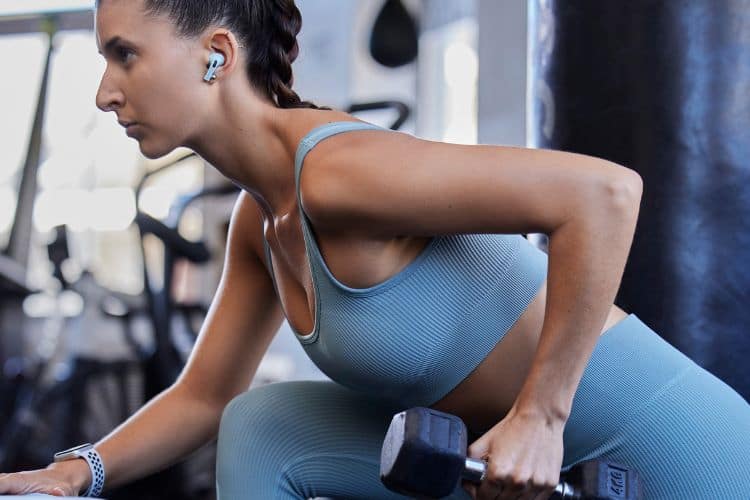
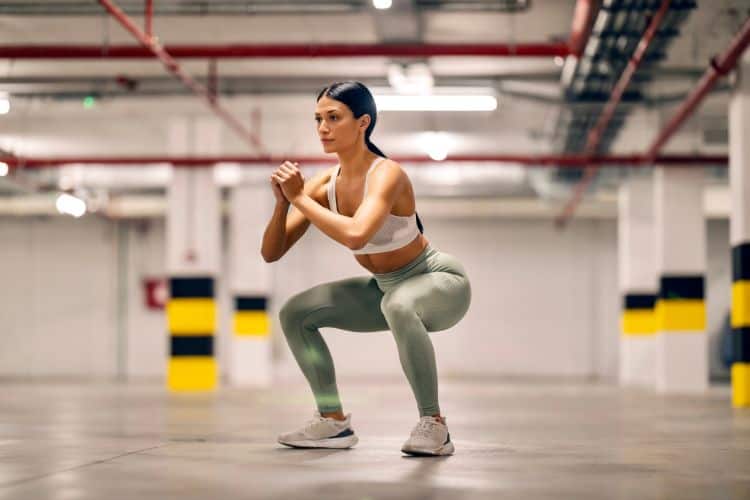
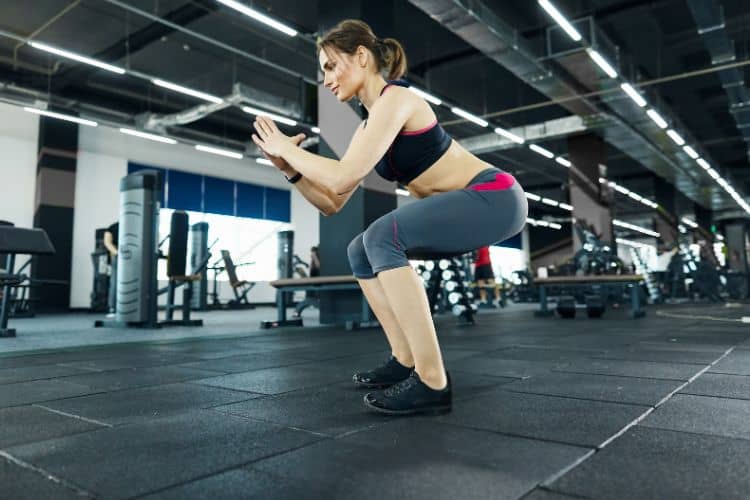
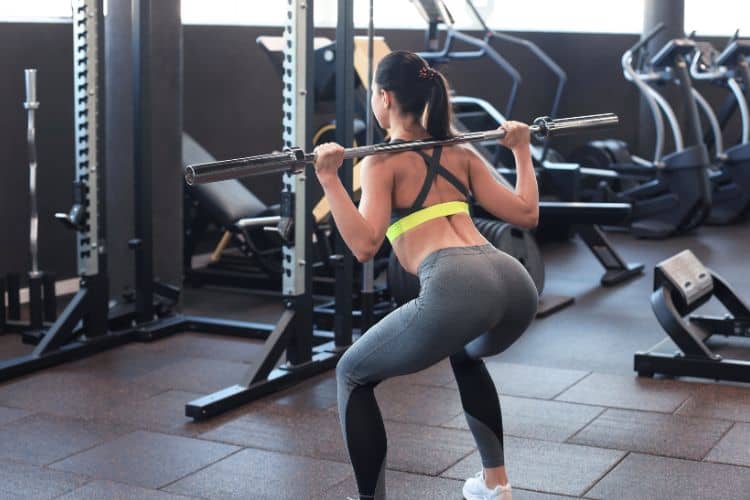
Strength training has long been the foundation of building muscle, improving athletic performance, and supporting overall health. Among the countless training methods and equipment available, compound barbell lifts stand out as the cornerstone of any serious strength workout. These multi-joint exercises recruit multiple muscle groups simultaneously, delivering unmatched efficiency and effectiveness.
In this guide, we’ll break down the benefits of compound barbell lifts, the key movements you need to master, proper form tips, sample workouts, and strategies to maximize strength gains. Whether you’re a beginner or an advanced lifter, compound barbell training is the fastest way to build raw strength and functional power.
Unlike isolation exercises that target a single muscle, compound barbell lifts involve multiple joints and muscle groups. For example, the barbell squat doesn’t just hit the quads; it also engages the hamstrings, glutes, lower back, and core. This full-body activation maximizes calorie burn, builds balance, and stimulates greater overall strength.
Barbells make it easy to track progress and add incremental weight. By increasing the load over time—a principle known as progressive overload—you continuously challenge your muscles, forcing adaptation and growth.
With a few compound barbell lifts, you can train your entire body in less time compared to spending hours on machines or isolation moves. This makes barbell training ideal for busy individuals who want results without long gym sessions.
Heavy barbell lifts stimulate the release of anabolic hormones such as testosterone and growth hormone, which are critical for muscle repair, recovery, and hypertrophy.
When it comes to building strength, a handful of exercises stand above the rest. Known as the big five, these compound lifts form the backbone of strength programs like Starting Strength, StrongLifts 5×5, and classic powerlifting training.
The back squat is often referred to as the king of all exercises. It strengthens the lower body, core, and posterior chain.
The deadlift is a pure test of strength, engaging nearly every muscle from head to toe. It builds explosive pulling power, grip strength, and core stability.
The bench press is the go-to movement for upper body pushing strength. It develops the chest, shoulders, and triceps while improving pressing performance.
The standing overhead press (also called the military press) challenges your shoulders and core while improving upper body pressing strength.
The barbell row builds a thick, powerful back and complements pressing movements by strengthening pulling mechanics.
Beyond the big five, other barbell lifts can enhance strength and athletic performance.
Places more emphasis on the quads and core compared to back squats. Ideal for Olympic lifting or athletes needing upright posture.
A hip-hinge movement that targets hamstrings and glutes more directly than conventional deadlifts.
Powerful for glute development, which contributes to explosive performance and lower-body strength.
An Olympic lift variation that develops power, coordination, and speed.
When designing a strength workout, focus on the big compound lifts, then add accessory movements if needed.
After compound lifts, you can add isolation moves like bicep curls, tricep extensions, or ab exercises. Keep these short to prioritize energy for barbell lifts.
The secret to getting stronger lies in progressive overload—gradually increasing weight, volume, or intensity.
Always log your lifts. Recording sets, reps, and weights helps ensure consistent progression and prevents plateaus.
Sacrificing technique for heavier weights is the fastest route to injury. Always prioritize form.
Failing to warm up increases injury risk. Incorporate dynamic stretches, light cardio, and warm-up sets.
Strength gains come from a balance of training and recovery. Excessive volume without rest can stall progress.
Tight hips, shoulders, or ankles can limit your squat, deadlift, and press performance. Incorporate mobility drills into your routine.
Strength training is only one part of the equation. Recovery and nutrition play equally vital roles.
Aim for 1.6–2.2 g of protein per kilogram of bodyweight daily to support muscle repair and growth.
Carbs provide energy for intense lifting sessions, while healthy fats support hormone production.
Strive for 7–9 hours of sleep per night to maximize recovery and performance.
Incorporate light cardio, stretching, or yoga on rest days to keep blood flowing and reduce stiffness.
Beginners benefit greatly from barbell lifts as they learn foundational movement patterns. Start with lighter loads to perfect form.
Intermediate athletes can increase strength by following structured programs like 5×5 or Texas Method.
Advanced lifters often use periodization, heavy singles, and accessory work to push past plateaus.
Compound barbell lifts are the foundation of strength training. By focusing on movements like the squat, deadlift, bench press, overhead press, and barbell row, you’ll develop raw strength, functional power, and balanced muscle growth. Add in progressive overload, proper recovery, and good nutrition, and you have the blueprint for long-term success.
Whether you’re new to lifting or chasing advanced goals, mastering compound barbell lifts will transform your physique, athleticism, and confidence.
Want more workout and video guide?
Follow us on Pinterest, Facebook, and Subscribe to our Newsletter and Stay tuned for FREE downloads of our App coming soon!
Stay up to date on the latest women’s health, fitness and lifestyle trends and tips.